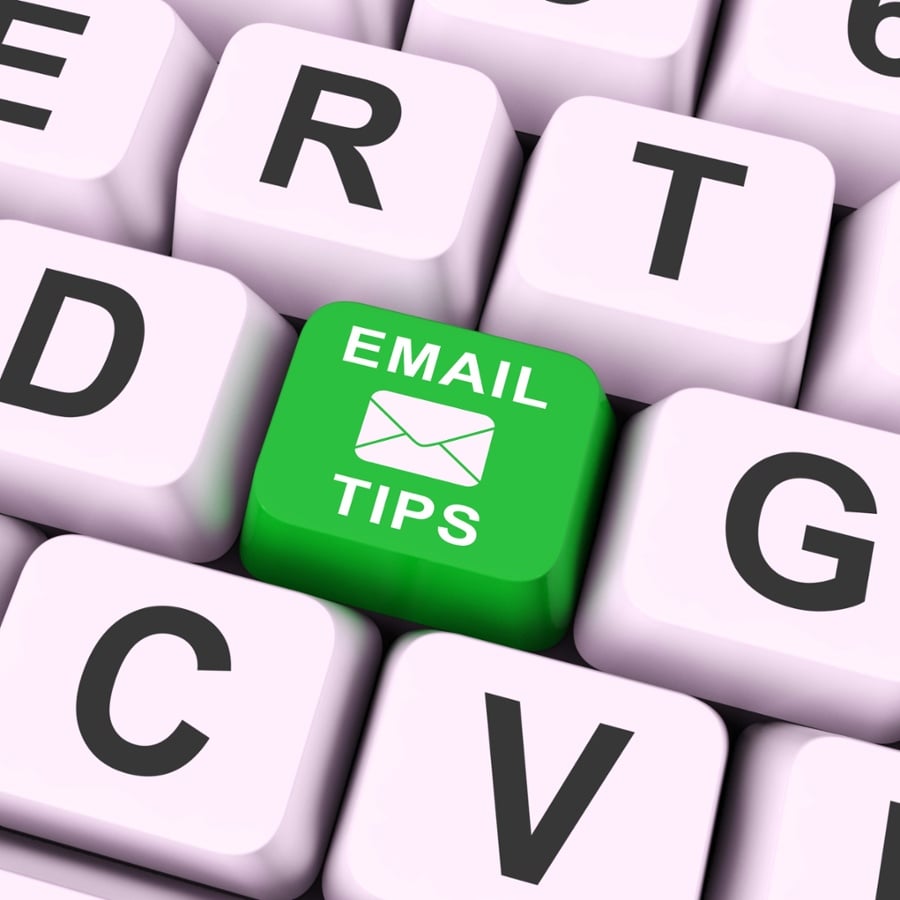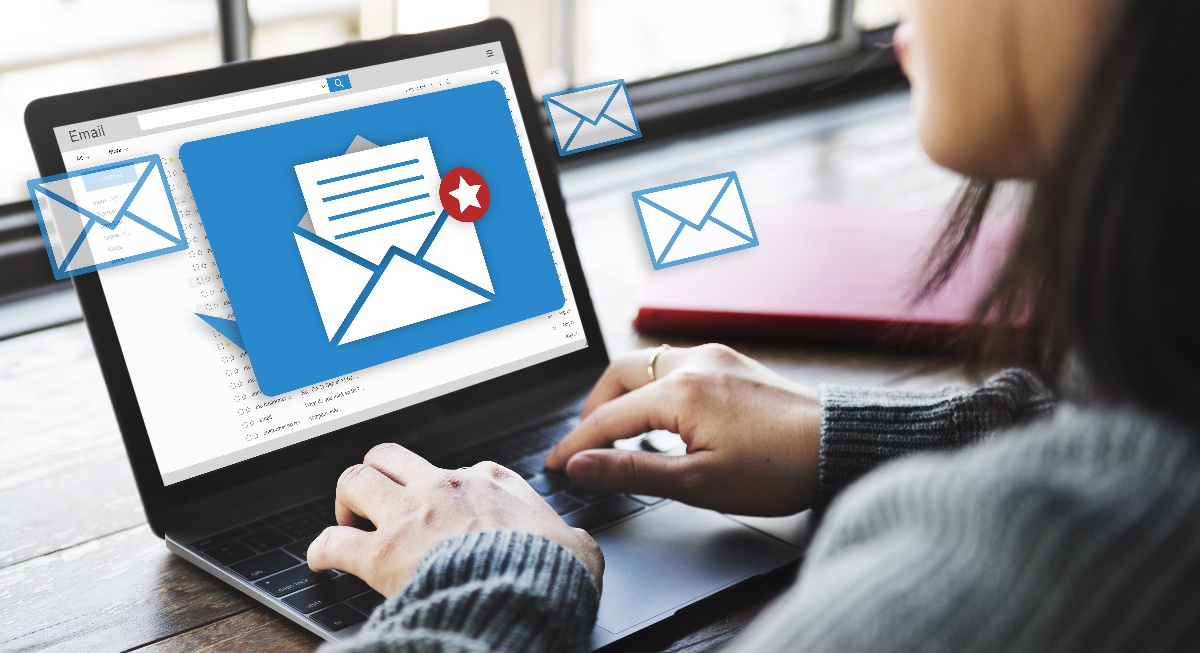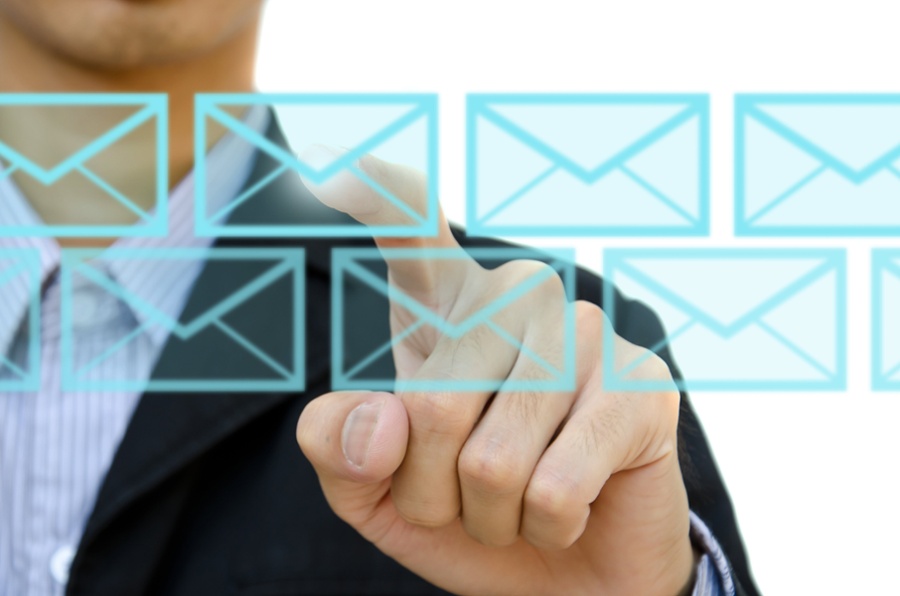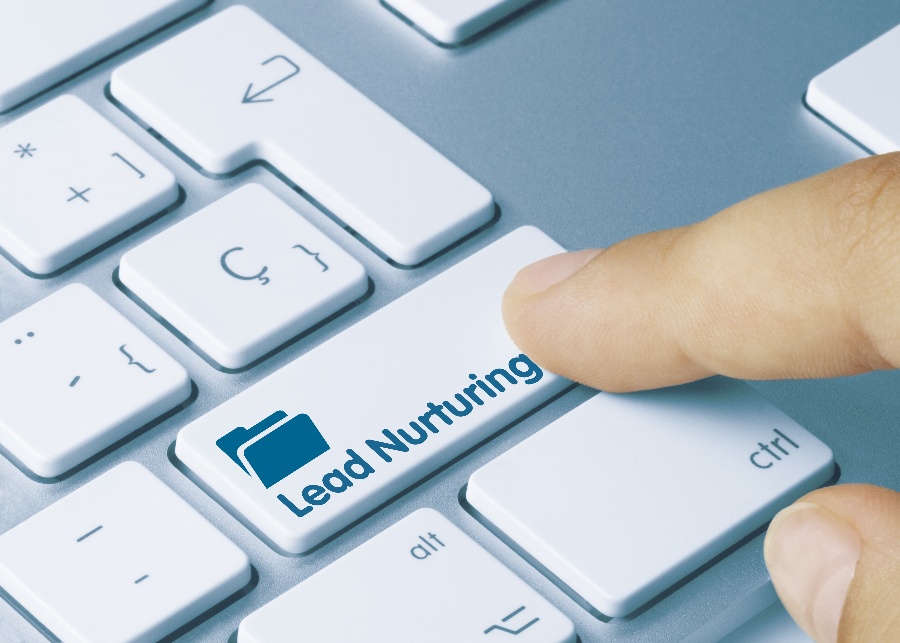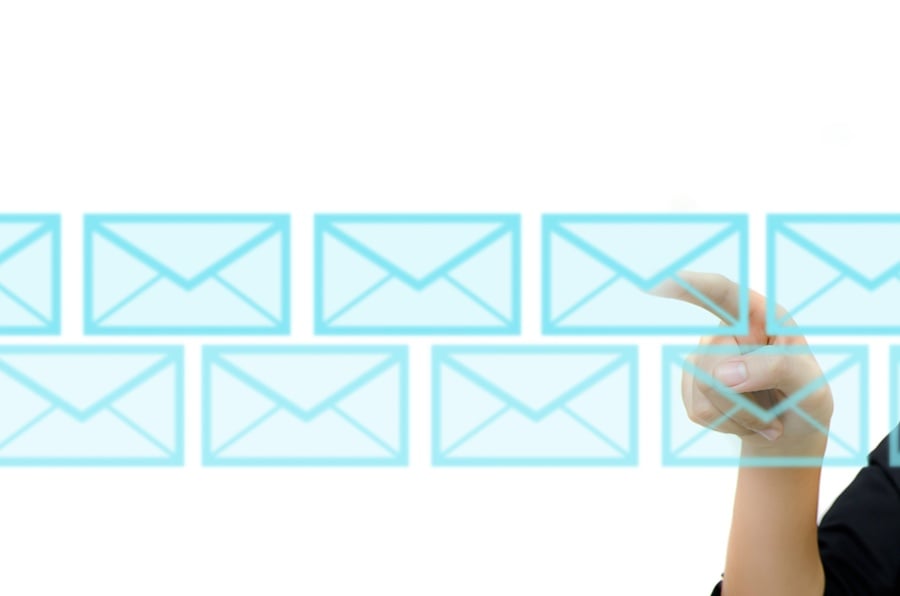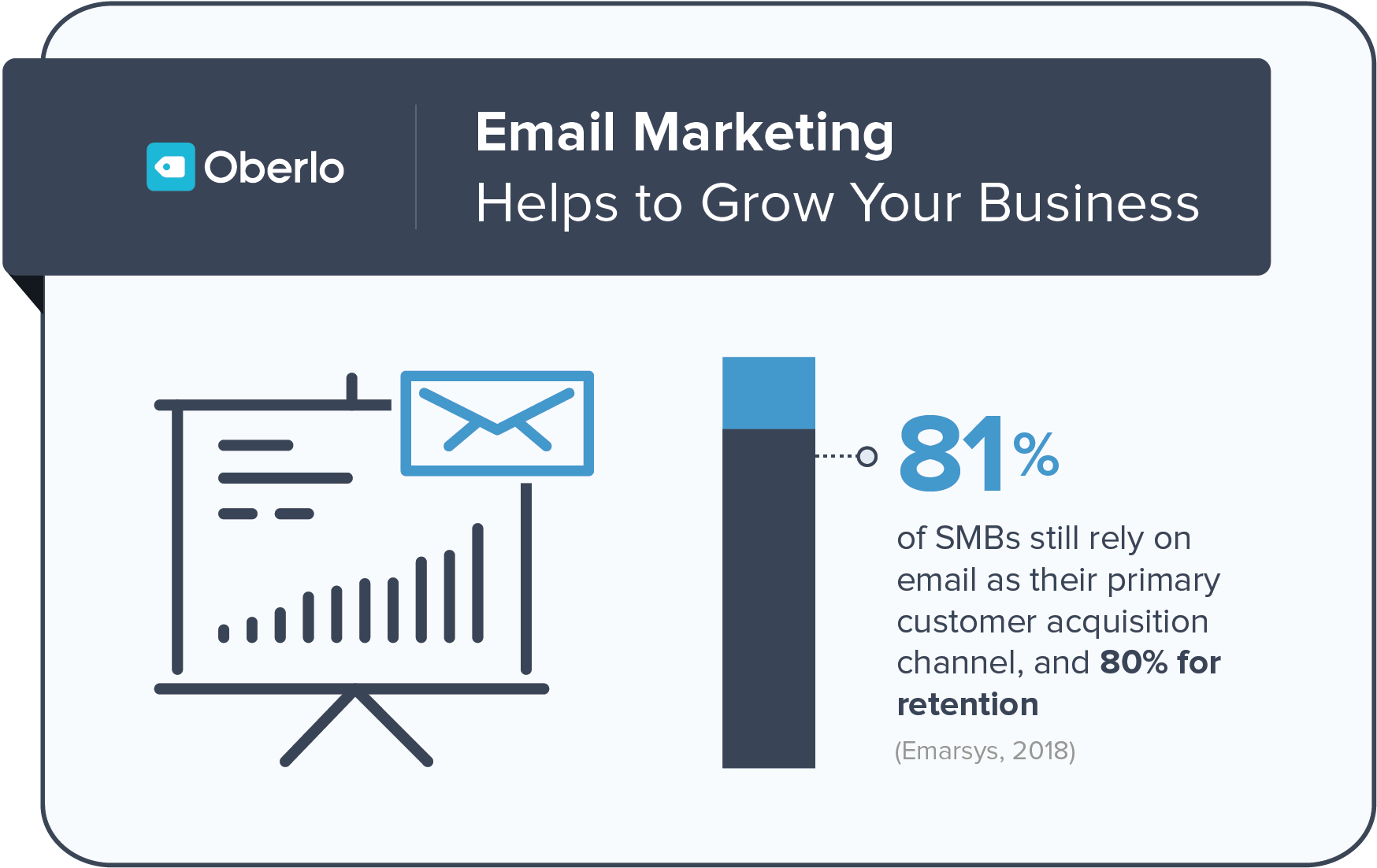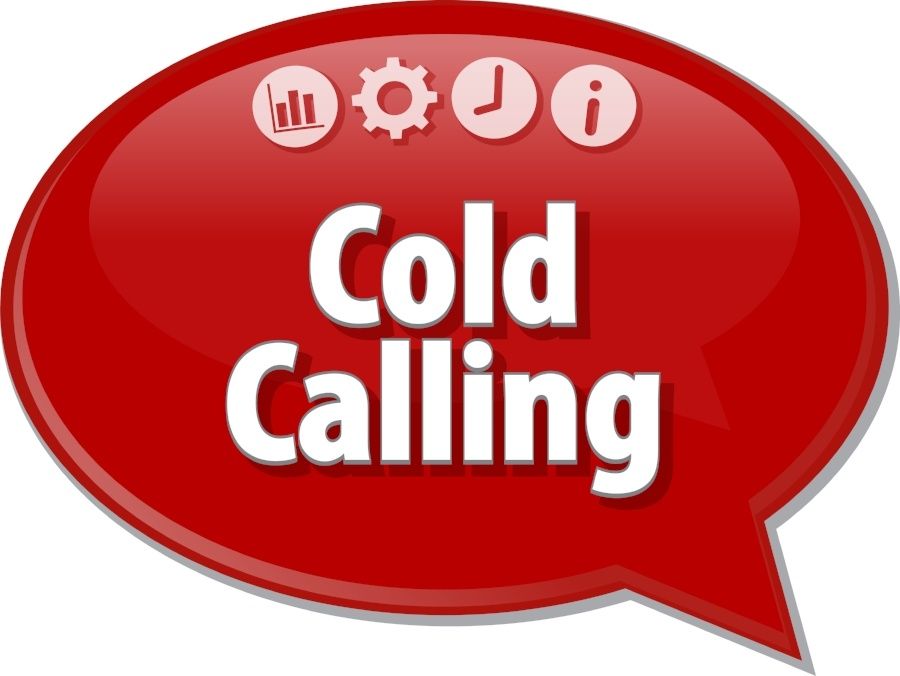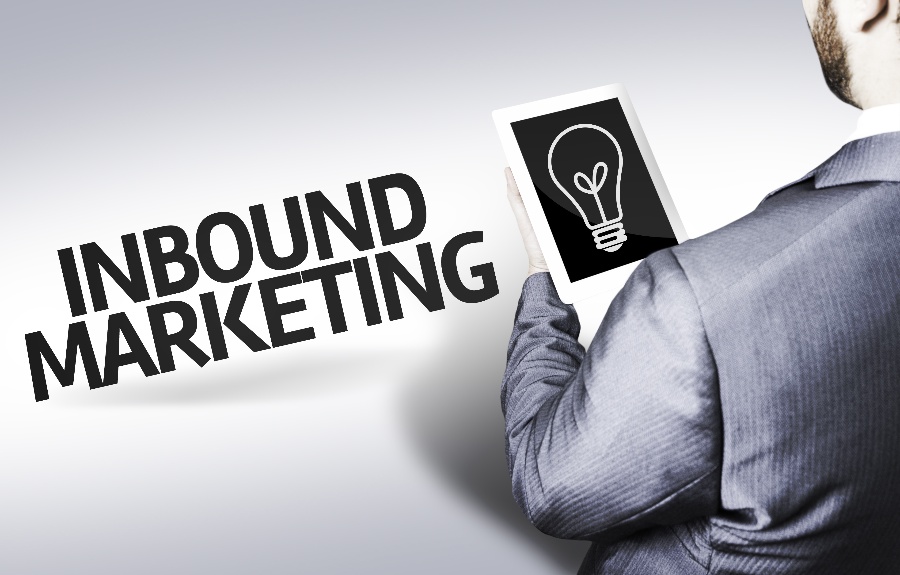
When it comes to B2B sales, there are few channels that are more effective for startup companies than cold email for high ticket services and products. There are multiple reasons for this.
First, good cold emails can be stringently personalized to speak to each prospect on an individual basis, but remain automated so that the time investment is still relatively low compared to cold calling and other traditional sales activities.
Cold email is also a small ask. In cold calling, you need to get decision-makers to carve out time from their busy schedule immediately. In cold email, they can engage with your email when it makes sense for them.
The automation factor is also a huge benefit. You can automate cold email outreach at scale. Even if you are researching every prospect and personalizing each email — the time investment is relatively low compared to other forms of outreach.
For those reasons, cold email should be a part of any company’s outreach playbook. Unfortunately, most B2B companies are doing cold email wrong. The best cold email tools can help you to automate much of the workflow, but automation doesn’t necessarily mean an effective campaign.
There are a few best practices that must be followed if you want to be successful through cold email.
1. Always Personalize Your Cold Emails
Let's put ourselves in the shoes of a busy CEO at a growing company. There is a high likelihood that you might receive anywhere between 10 and 25 cold emails a day, especially in tech industries. But 35% of cold email recipients open emails based on the subject line alone.
99% of those cold emails will never be opened, let alone responded to. But CEOs will respond to a few on occasion. What are the differences that set the cold emails they respond to apart from the ones that he doesn't?
Well, personalization is likely the defining factor. And when I say personalization, I don't just mean inserting some data from your CSV file into your emails. I mean actually researching the prospect and saying something that is unique, specific, and relevant to their business.
That's just to get yourself in the door. Emails that have been clearly automated for a mass audience or going to be ignored. Show them that you have actually researched their business, looked at their website, and determined that your product or service would be a good fit for their needs.
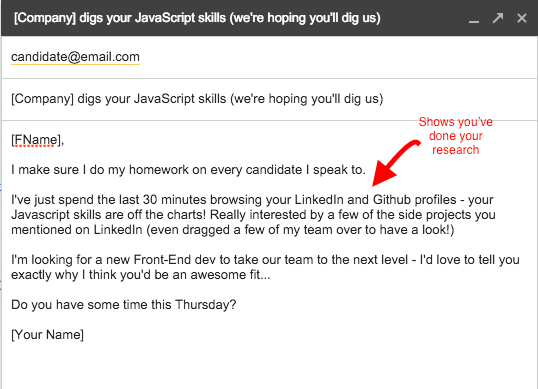
2. Include a One-Sentence Case Study
It's also important to remember that you are not just selling a product or a service—you are selling results.
In the end, someone is buying your service because they want a specific outcome. So, in your cold email, you should include at least one sentence that shows them the type of outcome that they can expect from working with you, in the form of a one-sentence case study.
Here's an example.
“Our software helped a $5 million+ eCommerce company like yours increase their sales by 5%, with just an hour of work.”
Here’s another.
“I helped X, am eCommerce company like yours, implement an abandoned cart email sequence that led to more than $150,000 in sales in less than two months.”
Give them a reason to work with you. When you sell a result, you are presenting yourself as a trusted provider. When you sell a service or actions, you are positioning your solution as a commodity.
3. Keep It Readable In 20 Seconds Or Less
The kind of customers that you want to attract through cold email, the kind who buy High ticket products and services, are busy people. They don't have time to read 500 Words about your product or service on a whim.
If you want to get a high-profile decision-maker’s attention through cold email, try to keep your email readable in 20 seconds or less. You want to tell them who you are, why you emailed, what you do, why your offer is in their interest, and then call them to action — securing a meeting.
Be respectful of their time and present your offer using plain language without much explanation. Your goal is to get them on a call, where you can provide further explanation down the road. Use your one-sentence case study and results to entice them.
4. Your Goal is a Meeting, Not a Sale
One of the biggest mistakes that companies make when using cold email is viewing the platform as a way to generate sales. No one is going to buy your high ticket product or service after one single email. Instead, view cold email as a way to drum up conversations and gauge interest and need in your product or service.
The call to action at the end of any cold email should be to schedule a call. Additionally, you want to make sure that the call that you were suggesting would be a short call, not asking for a lot of their time.
Short, Straight-forward, and Effective is the Name of the Game
Although there are many different cold email approaches that you can test out with your audience, generally you want to make sure that you are being short, straight forward, and clear in the messages that you send.
By keeping your cold emails focused on the results that you can generate for your potential clients, you can drum up interest in your offer and entice them to learn more. Make the discovery call the purpose of your campaign, and call them to action where you can ask more questions and learn more about each prospect.




